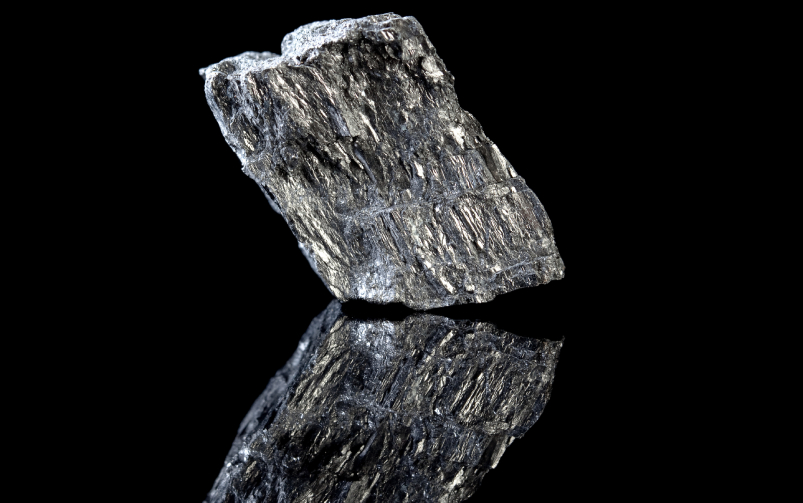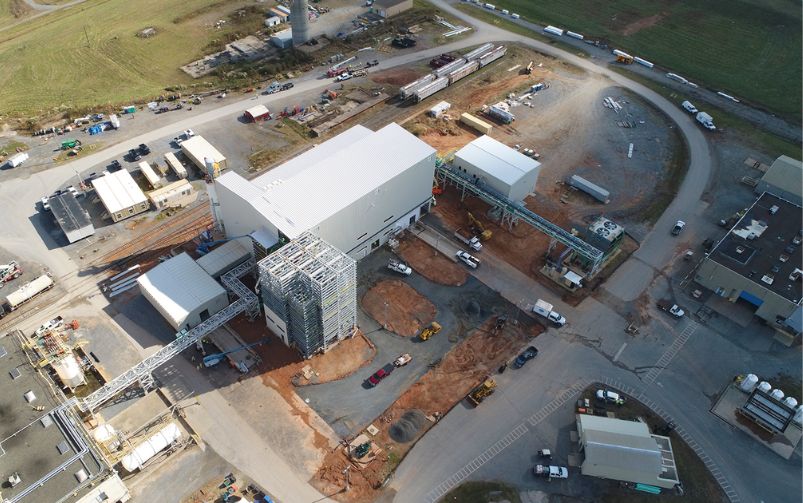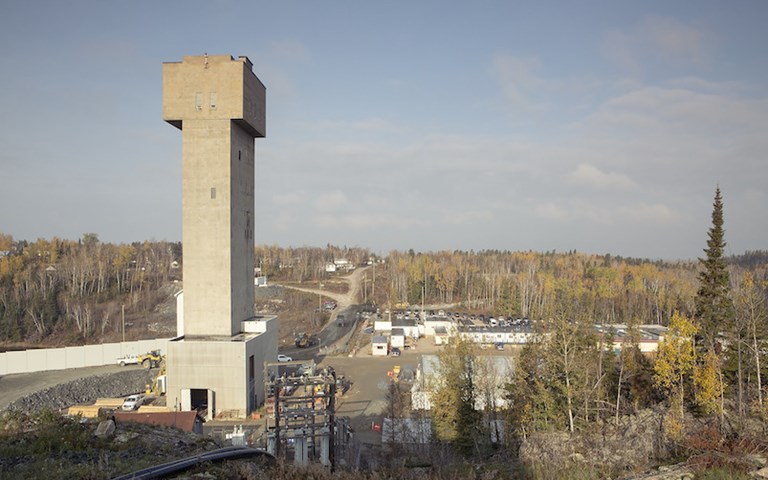The British Columbia Supreme Court approved the sale of the PureGold mine in Red Lake to West Red Lake Gold Mines Ltd. Courtesy of PureGold Mining Inc.
Welcome back to your weekly mining news recap, where we catch you up on some of the news you may have missed. This week’s headlines include a federal environmental assessment for the Northern Road Link in the Ring of Fire road network, a steel maker invests in FPX Nickel and Sayona pumps more money into its North American Lithium and Moblan projects.
The Impact Assessment Agency of Canada (IACC) announced last week that the Northern Road Link, the middle stretch of the proposed Ring of Fire road network, which would connect the mining development area to the provincial highway network, will have to go through a federal environmental assessment, as reported by Northern Ontario Business. The IACC’s decision was made after concerns were raised by the public, Indigenous groups, federal agencies and others that the road could cause negative impacts to birds, fish and local Indigenous communities' socioeconomic well-being. The Marten Falls First Nation and the Webequie First Nation, two remote communities without permanent road access, are co-leading the planning of the Northern Road Link. If built, the Northern Road Link would be the first time a road facilitated the transport of goods, services and people into the area. A timeline for the assessment was not provided.
Internationally trained engineers are no longer required to have Canadian work experience to be licensed in Ontario, as reported by the Canadian Press. The regulation change announced last week by the province’s labour minister, Monte McNaughton, will help fill about 7,000 vacant spots in Ontario with qualified immigrant engineers. Professional Engineers Ontario said up to 60 per cent of licence applicants reviewed every year are internationally trained. The organization is the first regulatory association to remove these requirements from its licensing criteria since the province introduced legislation in 2021 that banned certain regulated professions and skilled trades from requiring Canadian work experience.
The Saskatchewan Research Council (SRC) has manufactured Canada’s first proprietary commercial-scale solvent extraction cell technology, which it called a step forward in the development of its rare earth processing facility in Saskatoon. A total of 140 solvent extraction cells will be manufactured in-house at an SRC-operated facility by fall 2024 for use in the processing facility’s separation unit. The facility, which will produce marketable rare earth element oxides and magnet metals from rare earth minerals, will be the first of its kind in North America, making Canada one of only a handful of countries in the world with this capability.
Sayona Mining will invest another $177.7 million to speed up the development of its lithium projects in Quebec and to drill and assess Western Australia project areas, as reported by the Canadian Mining Journal. In a press release from May 26, Sayona stated that a portion of the funds will be used to support the North American Lithium (NAL) mine in Abitibi, Quebec, which is in its production ramp-up phase, by expediting mine development studies, assessing downstream options including lithium carbonate production and associated infrastructure planning. Part of the investment will also fast-track feasibility work at the Moblan lithium project, which is about 130 kilometres northwest of the city of Chibougamau, where a 60,000- metre drilling program is currently under way.
General Motors Co. and South Korean company Posco Future M Co., Ltd. have secured $300 million in funding to build a new electric-vehicle battery component plant in Quebec, as reported by Bloomberg. The provincial and federal governments will each contribute about $150 million and the plant will cost a total of $600 million. The two companies announced plans in March 2022 to form a joint venture called Ultium Cam that would build a cathode material factory in Becancour, halfway between Montreal and Quebec City. The plant is expected to create about 200 jobs and will be operational within two years. General Motors Co. has pledged to invest US$35 billion in electric and autonomous vehicles between 2020 and 2025.
LithiumBank announced the results of its preliminary economic assessment (PEA) for its Boardwalk lithium brine project in west-central Alberta, as reported by Mining Weekly. The study anticipates 31,350 tonnes of battery-grade lithium hydroxide monohydrate (LHM) will be produced annually using a direct lithium extraction process. Results from the study showed a pre-tax net present value of US$2.7 billion at an eight per cent discount rate with an internal rate of return of 21.6 per cent, based on a long-term LHM price of US$26,000/t. The proposed operation would be the biggest LHM production facility in North America.
FPX Nickel announced on Tuesday it has secured a $16 million strategic equity investment from major global stainless steel producer Outokumpu. FPX Nickel has issued 26,800,000 common shares in the capital of the company to Outokumpo at $0.60 per common share for gross proceeds of $16,080,000. Outokumpu now owns approximately 9.9 per cent of FPX Nickel’s issued and outstanding common shares on a non-diluted basis. FPX Nickel is developing the Decar Nickel District, which is located in central British Columbia. Martin Turenne, FPX’s President and CEO, said the investment validates its project and its potential to produce a premium nickel product that can bypass the intermediate smelting stage.
The sale of the mothballed PureGold mine in Red Lake to West Red Lake Gold Mines has been approved by the British Columbia Supreme Court, as reported by Northern Ontario Business. The transaction is set to close on June 28, subject to regulatory approvals. The mine has been in care and maintenance since late October, just prior to Pure Gold Mining entering bankruptcy protection. All the company’s issued and outstanding shares will now go to West Red Lake under a reverse vesting order. As part of the sale, West Red Lake will acquire the underground mine, processing mill and 47-square-kilometres of property outside the community of Red Lake in northwestern Ontario. The cash-and-share deal is valued between $49.4 million and $54.4 million.
Mining companies are turning to smarter ground control technology to improve safety in underground mining operations, wrote Tijana Mitrovic in the May issue of CIM Magazine. New products and applications are being developed to support remote operations or use data for better mine planning. For example, MacLean Engineering is updating its standard 900 series bolter with a robot acting in the operator’s seat, while Seequent’s Leapfrog Geo software allows a miner to view geotechnical data spatially with geological modelling and excavation as-builts or designs of a mine, project or exploration sites.
In the March/April Issue of CIM Magazine, Olivia Johnson profiled Sonia Molodecky, a lawyer and co-founder and president of the Global Indigenous Development Trust (GIDT). GIDT is a non-profit organization led by Indigenous leaders who lay the groundwork for Indigenous communities to be decision-makers in the development of their land and resources. Molodecky had founded the non-profit in 2014 with Tahltan Nation Elder Jerry Asp, a well-known member of the mining community. GDIT provides workshops, training and professional services to help Indigenous communities to foster a better understanding of the mining industry.
That’s all for this week. If you’ve got feedback, you can always reach us at editor@cim.org. If you’ve got something to add, why not join the conversation on our Facebook, Twitter, LinkedIn or Instagram pages?




